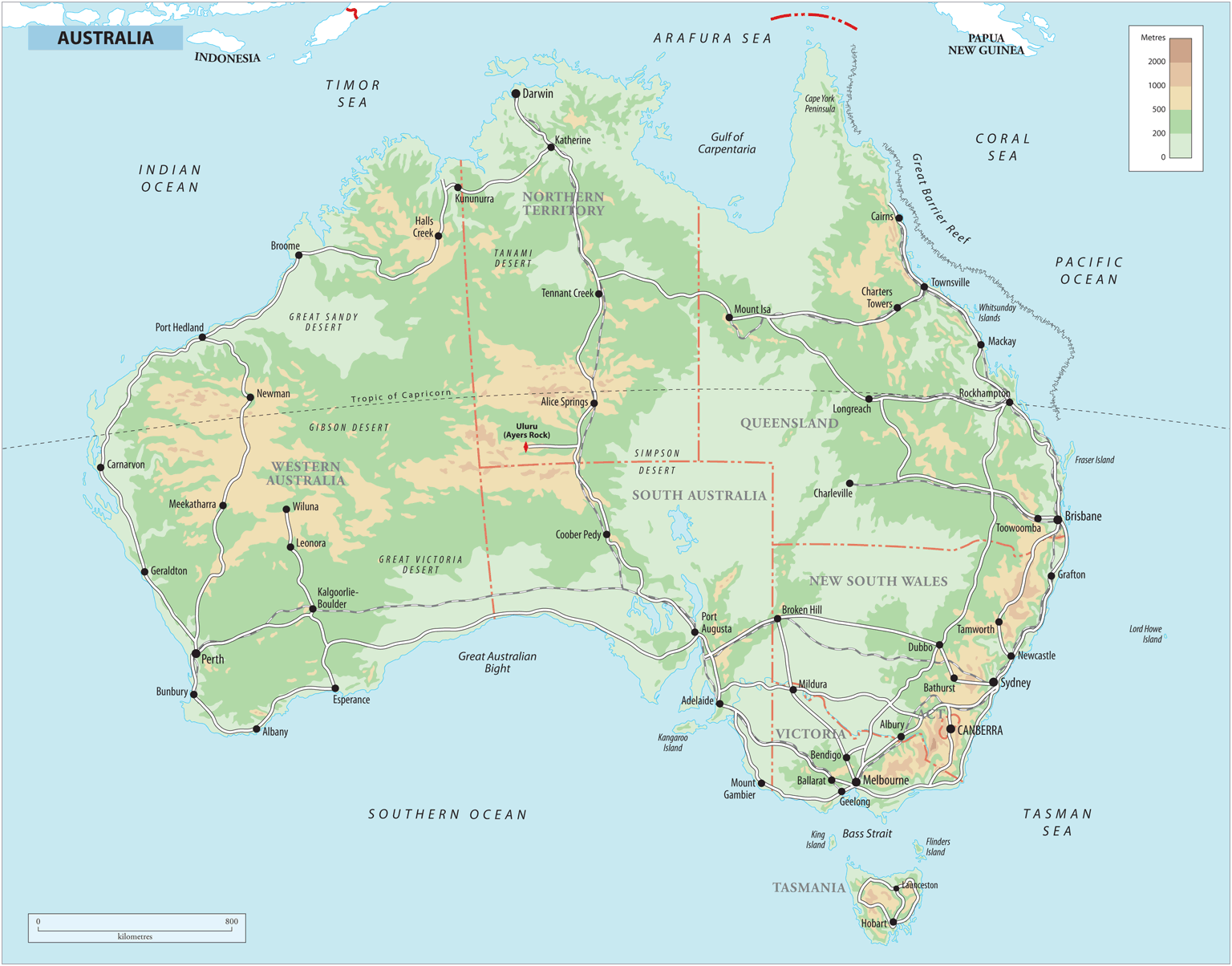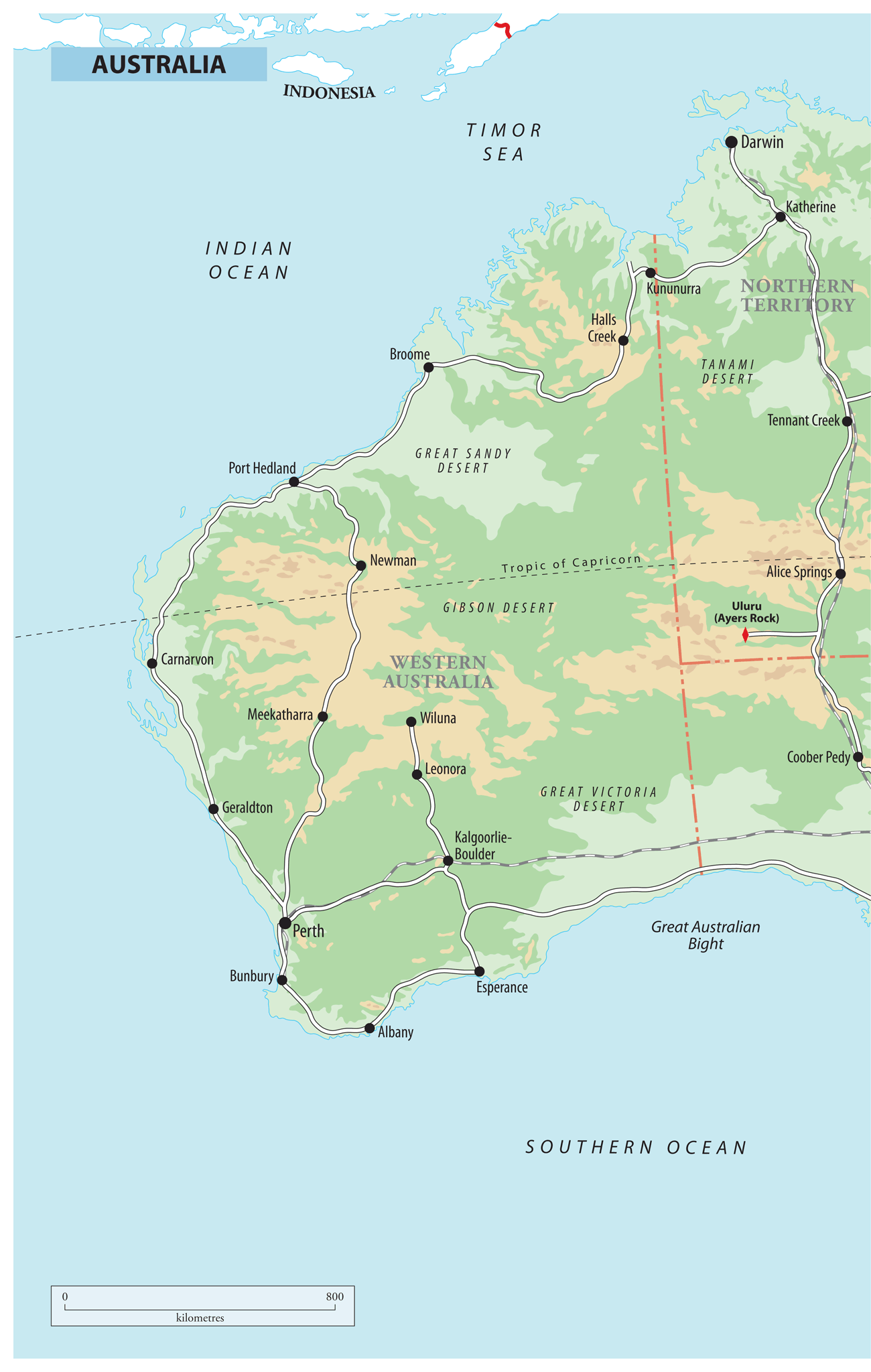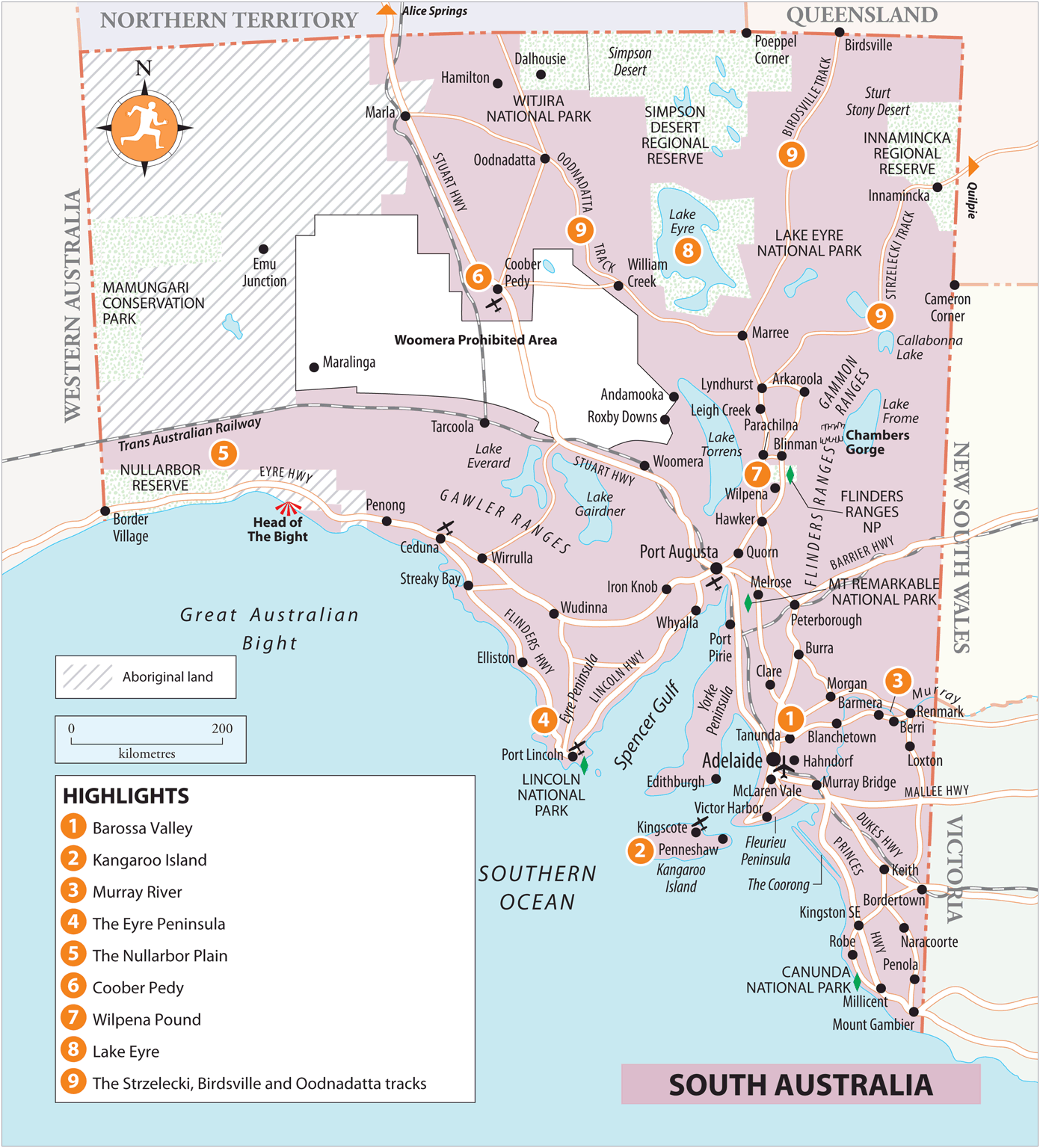INTRODUCTION TO SOUTH AUSTRALIA
South Australia, the driest state of the driest continent, is split into two distinct halves. The long-settled southern part, watered by the Murray River, with Adelaide as its cosmopolitan centre, has a Mediterranean climate, is tremendously fertile and has been thoroughly tamed. The northern half is arid and depopulated, and as you head further north the temperature heats up to such an extreme that by the time you get to Coober Pedy, people are living underground to escape the searing summer temperatures.
Many of the highlights of southeastern South Australia lie within three hours drive of Adelaide. Food and especially wine are among the areas chief pleasures: this is prime grape-growing and winemaking country. As well as vineyards, the Fleurieu Peninsula , just south of Adelaide, has a string of fine beaches, while nearby Kangaroo Island is a wonderful place to see Australian wildlife at its unfettered best. Facing Adelaide across the Investigator Strait, the Yorke Peninsula is primarily an agricultural area, preserving a copper-mining history and offering excellent fishing. The superb wineries of the Barossa Valley , originally settled by German-speaking immigrants in the nineteenth century, are only an hour from Adelaide on the Sturt Highway , the main road to Sydney. Following the southeast coast along the Princes Highway , you can head towards Melbourne via the extensive coastal Coorong lagoon system and enjoyable seaside towns such as Robe, before exiting the state at Mount Gambier , with its deep-blue crater lakes. The inland trawl via the Dukes Highway is faster but less interesting. Head north from Adelaide and there are old copper-mining towns to explore at Kapunda and Burra , the area known as the mid-north, which also encompasses the Clare Valley , another wonderful wine region, famous for its Rieslings.
In contrast with the gentle and cultured southeast, the remainder of South Australia with the exception of the relatively refined Eyre Peninsula and its scenic west coast is unremittingly harsh desert , a naked country of vast horizons, salt lakes, glazed gibber plains and ancient mountain ranges. Although its tempting to scud over the forbidding distances quickly, youll miss the essence of this introspective and subtle landscape by hurrying. For every predictable, monotonous highway theres a dirt alternative, which may be physically draining but gets you closer to this precarious environment. The folded red rocks of the central Flinders Ranges and Coober Pedys postapocalyptic scenery are on most agendas and could be worked into a sizeable circuit. Making the most of the journey is what counts here, though the fabled routes to Oodnadatta , Birdsville and Innamincka are still real adventures.
Rail and road routes converge in Adelaide before the long, cross-country route hauls west to Perth via Port Augusta on the Indian Pacific train, or north to Alice Springs and Darwin on the Ghan two of Australias great train journeys.
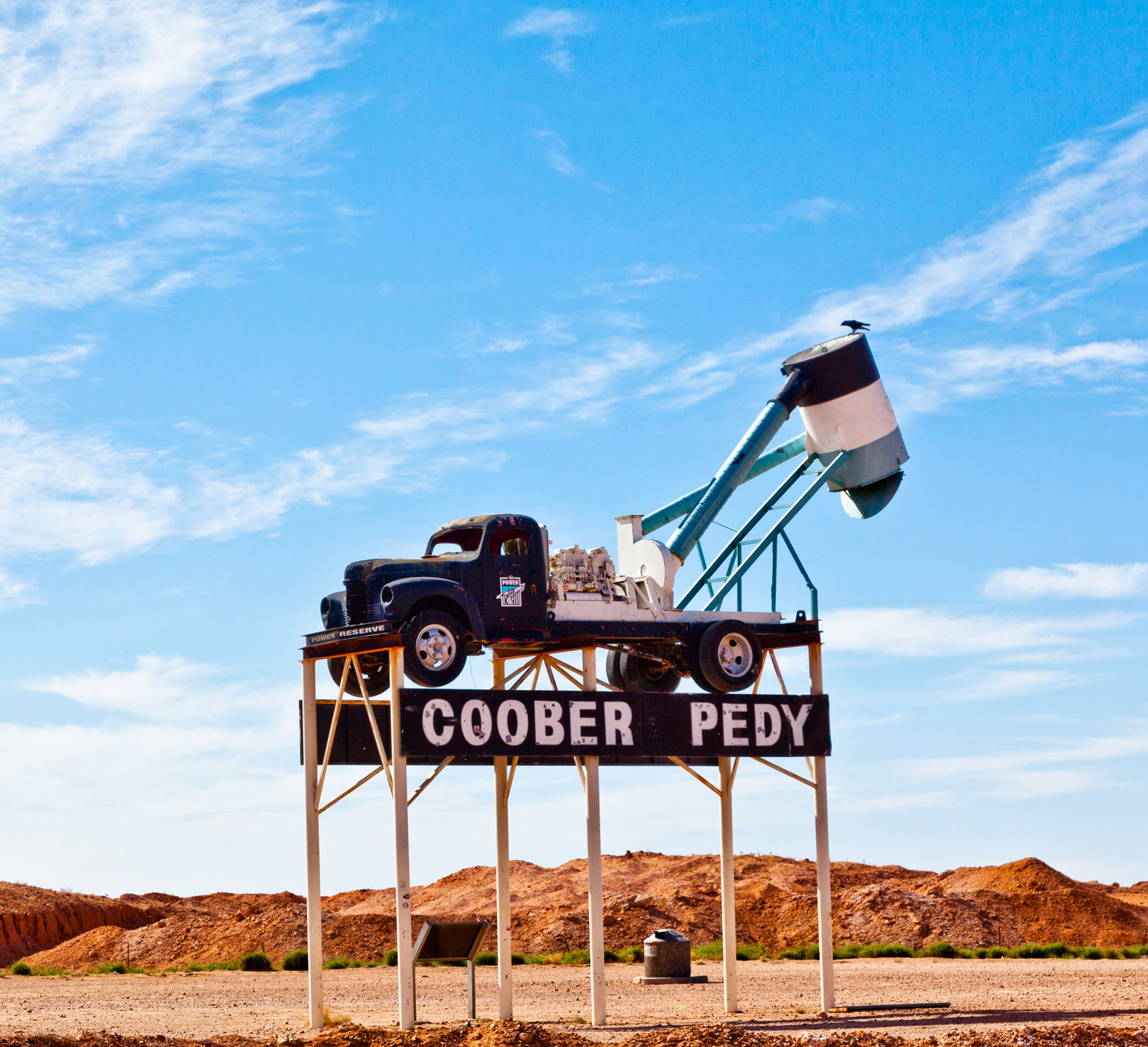
WELCOME SIGN AT COOBER PEDY
Highlights
A day-trip from Adelaide, the Barossa Valley is home to some of Australias finest wineries.
Spectacular scenery and wildlife are found across Australias third-largest island.
Stay in a houseboat on the beautiful Murray River, lined with majestic river red gums.
Stay here for ocean-fresh seafood, pristine surf beaches and wildlife encounters including cage shark diving.
Drive or catch a train across the plain and appreciate just how vast Australia actually is.
Gape at the underground homes of the residents of scorching Coober Pedy.
The main attraction of the Flinders Ranges National Park is the enormous natural basin of Wilpena Pound.
This salt lake periodically fills with water, creating a dramatic inland sea.
Fill up your tank and head off into the Outback on one of Australias fabled journeys.
Brief history
The coast of South Australia was first explored by the Dutch in 1627. In 1792 the French explorer Bruni dEntrecasteaux sailed along the Great Australian Bight before heading to southern Tasmania, and in 1802 the Englishman Matthew Flinders thoroughly charted the coast. The most important expedition, though and the one that led to the foundation of a colony here was Captain Charles Sturt s 1830 navigation of the Murray River, from its source in New South Wales to its mouth in South Australia. In 1836, Governor John Hindmarsh landed at Holdfast Bay now the Adelaide beachside suburb of Glenelg with the first settlers, and the next year Colonel William Light planned the spacious, attractive city of Adelaide, with broad streets and plenty of parks and squares.
Early problems caused by the harsh, dry climate and financial incompetence (the colony went bankrupt in 1841) were eased by the discovery of substantial reserves of copper . The population of Adelaide boomed over the following decades, while the states tradition of civil and religious libertarianism that was guaranteed to the early settlers continued; in 1894, South Australias women were the first in the world to be permitted to stand for parliament and the third in the world to gain the vote (after the Isle of Man and New Zealand). The depressions and recessions of the interwar period hit South Australia hard, but the situation eased following World War II when new immigrants arrived, mostly from Europe, boosting industry and injecting fresh life into the state.

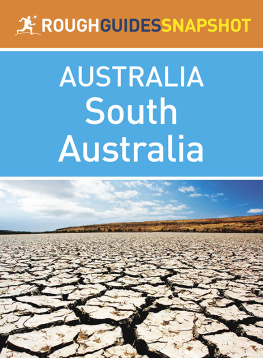
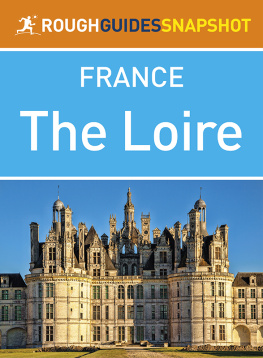
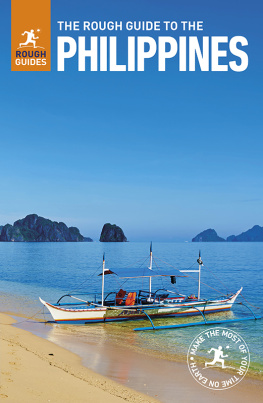
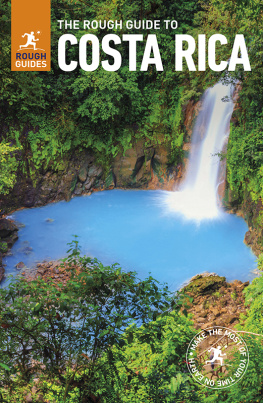
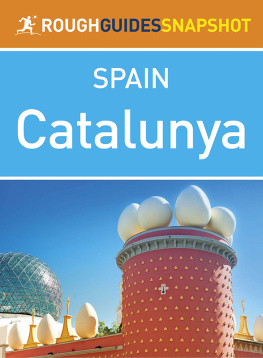
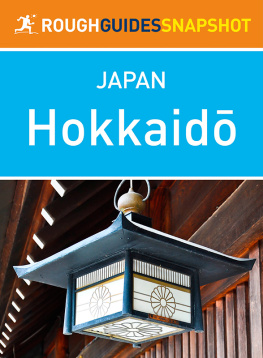
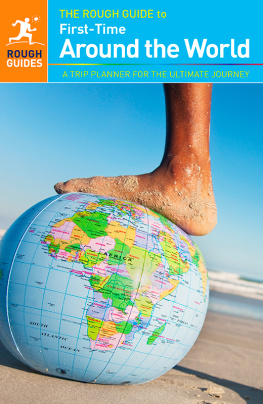
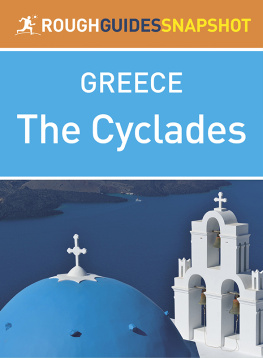
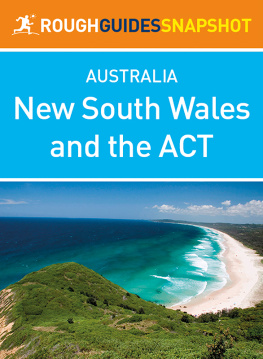
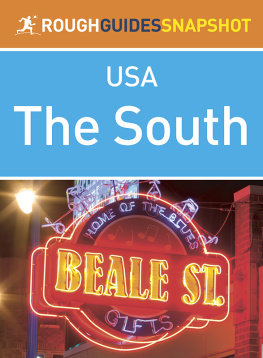
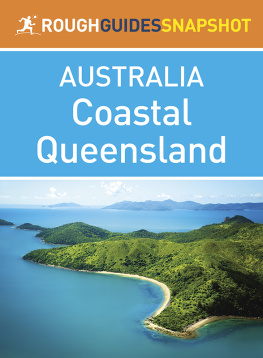

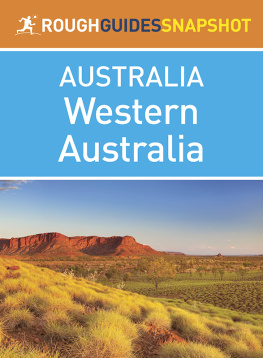
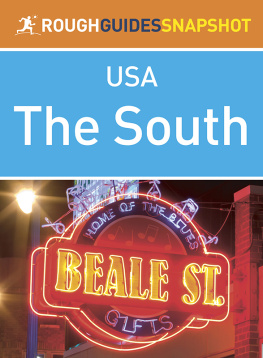
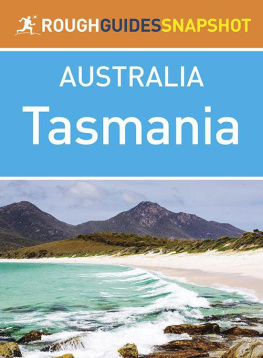
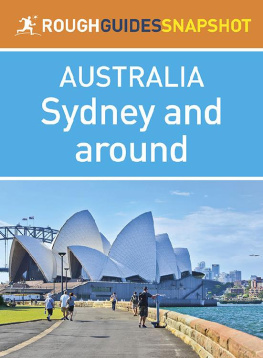
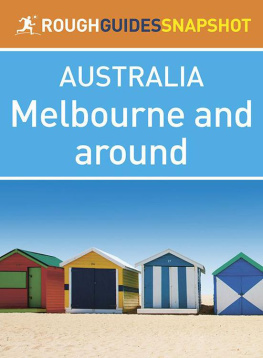


 . You can select your own favourites and create a personalized itinerary by bookmarking the sights, venues and activities that are of interest, giving you the quickest possible access to everything youll need for your time away.
. You can select your own favourites and create a personalized itinerary by bookmarking the sights, venues and activities that are of interest, giving you the quickest possible access to everything youll need for your time away.
